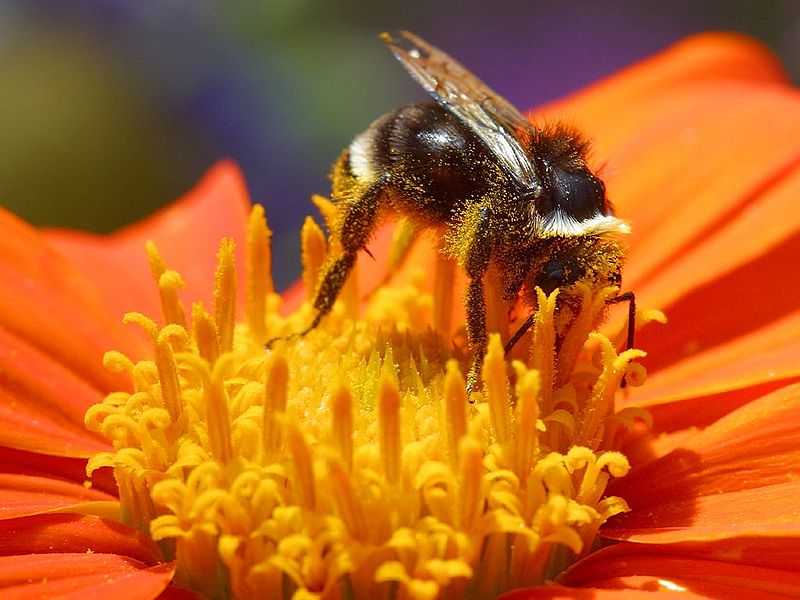This week I am re-publishing a newsletter from two years ago. I feel it’s as relevant today as it was then…
On Social Protest, the Ninth of Av, (Free) Competition and Mutual Cooperation
This week we commemorate the Ninth of Av. According to tradition, on this date both Temples in Jerusalem were burned and destroyed, the first over 2,600 years ago by Nebuchadnezzar, king of Babylon, and the Second Temple by the Roman commander Titus over 1,950 years ago. For many, this day of destruction teaches and reminds us of the part the people had in the disasters: the sinat chinam (unfounded hatred), the hardheartedness, the arrogance, and the lack of unity.
This year, the fast occurs at the two- year mark of the social protest movement, one that was born of the difficulties of individuals, the daily hardships, the lack of ability to pay rent. But it turned into a wider and more collective call from people who feel a greater responsibility for one another, and less indifferent, lethargic and insulated. It turned into a protest of Israelis who wish to re-examine and appeal the axiom that a free market, capitalism and free competition are the answer to every adversity, and that if the (very very) rich are happy, so goes the poor and middle class. They wish to shout out that there’s enough for all, without stepping on the next person, and without being stepped upon.
And perhaps we should be modest for awhile, climb down a rung on the ladder of arrogance as human beings who are elevated above other creatures, and look around at nature. In the realm of nature, there are several mechanisms of interaction between various organisms in natural habitats. These interactions have a great impact on the size of populations, on their function in biological communities and on the shaping of community. Competition is one type of interaction, where populations compete for the limited sources in the natural habitat. Sound familiar? Another option is mutualism, where creatures living in physical proximity in a common habitat assist each other and profit from this proximity, cooperation and co-dependence.
Sound nerdy? Socialist? Geeky? It isn’t. This isn’t a morality lesson in being kind to thy neighbor, but rather a look at the wild, churlish, uncultured and untamed nature. And surprisingly (or perhaps not), it seems that competitive interactions have negative and unfavorable effects on all the organisms involved, while mutualism assists and avails all the organisms in the natural habitat.
There are several types of mutualism in nature. It can be specific, i.e., between a particular specie, or between various species. Some of these are crucial for survival, where one (or all) organism cannot survive in a society when the other is absent. In other relationships, mutualism serves as a boost for the competence of those involved. In the long run, competition is short-range. It will terminate or weaken the species and eventually bring about the extinction of one or both, thus limiting the amount of species living on the same resources. Mutualist interactions are, of course, long-lasting.
This isn’t about harmony, true love or the goodness of the heart. The correct terminology to be used when discussing mutualism in nature is: efficiency, competence, survival, the use of resources, development, success. It is durable not because it is moral, nice and pretty, but because it works. It’s definitely worth trying.
————————————————————————————————–
What’s going on in Chubeza’s field? These summer days are passing relatively well. True, it’s hot, but not more than expected. The field is emptying out of its summer habitants. The squash beds have been emptied and cleaned; the first corn stalks are growing glamorously yellow. The lettuce, Swiss chard and herbs are bravely battling the great heat, growing nicely under their shade nets. The summer Solanaceae rule the beds, with tomatoes, eggplants and peppers dotting the field. We have begun harvesting the green peppers, and we await the reddening of most of the crop.
The summer legumes are still growing. And those basking in the bliss of feeling at home in the great heat include the Thai (yard-long) beans and the lubia (cowpea) who were passed the baton from the string beans in the “pod relay race.” Yet another “pod” (though belonging to a different family) is the okra, who originated in Africa and is unfazed by summer, which continues to grow, blossom and produce pods. The melons and watermelons are still ruling the roost, the zucchinis are at the end of their tether and the corn is still alive and kicking. We seed corn almost every week, so we finish picking one bed and move on to the next, where the silk is darker and the cobs ready to be picked. The popcorn, its hair bright red, stands on the sidelines watching the young corn come and go. It is patiently waiting for the season to end, when it will dry up and be reaped to become a healthy, delightful snack.
Wishing you all a good week, and an easy fast,
Alon, Bat Ami, Ya’ara and the Chubeza team
_____________________________________________________
AND NOW, FOR A WORD FROM THE TRANSLATORS, ON BEHALF OF THE ENTIRE CHUBEZA FAMILY, AND EACH AND EVERY VEGETABLE IN THE FIELD:
LORDY, SHE’S 40!!!!!!!!!!!!!!!!!!!!!!!!!!!!!!!!!!
To Bat-Ami,
Happy Birthday!!!!!
May your life be filled with sunshine and all other plentiful
blessings of the Heavens,
May you continue to plant, to grow and flourish, and to realize your dreams!
_________________________
WHAT’S IN THIS WEEK’S BOXES?
Monday: Lettuce, parsley, spaghetti squash, tomatoes, New Zealand spinach, lubia (cowpea)/long Thai beans/okra/acorn squash, cherry tomatoes, fakus/cucumbers, garlic chives, watermelon/ melon, corn
In the large box, in addition: Zucchini/ eggplant, pumpkin, leeks
Wednesday: parsley/dill, watermelon/melon, cucumbers, cherry tomatoes, New Zealand spinach, lettuce, corn, arugula, eggplants/red-green peppers, spaghetti squash, tomatoes.
In the large box in addition: okra/lubia (cowpea)/yard long been, radishes/chive, Tripolitania pumpkin/mini Pam pumpkin

